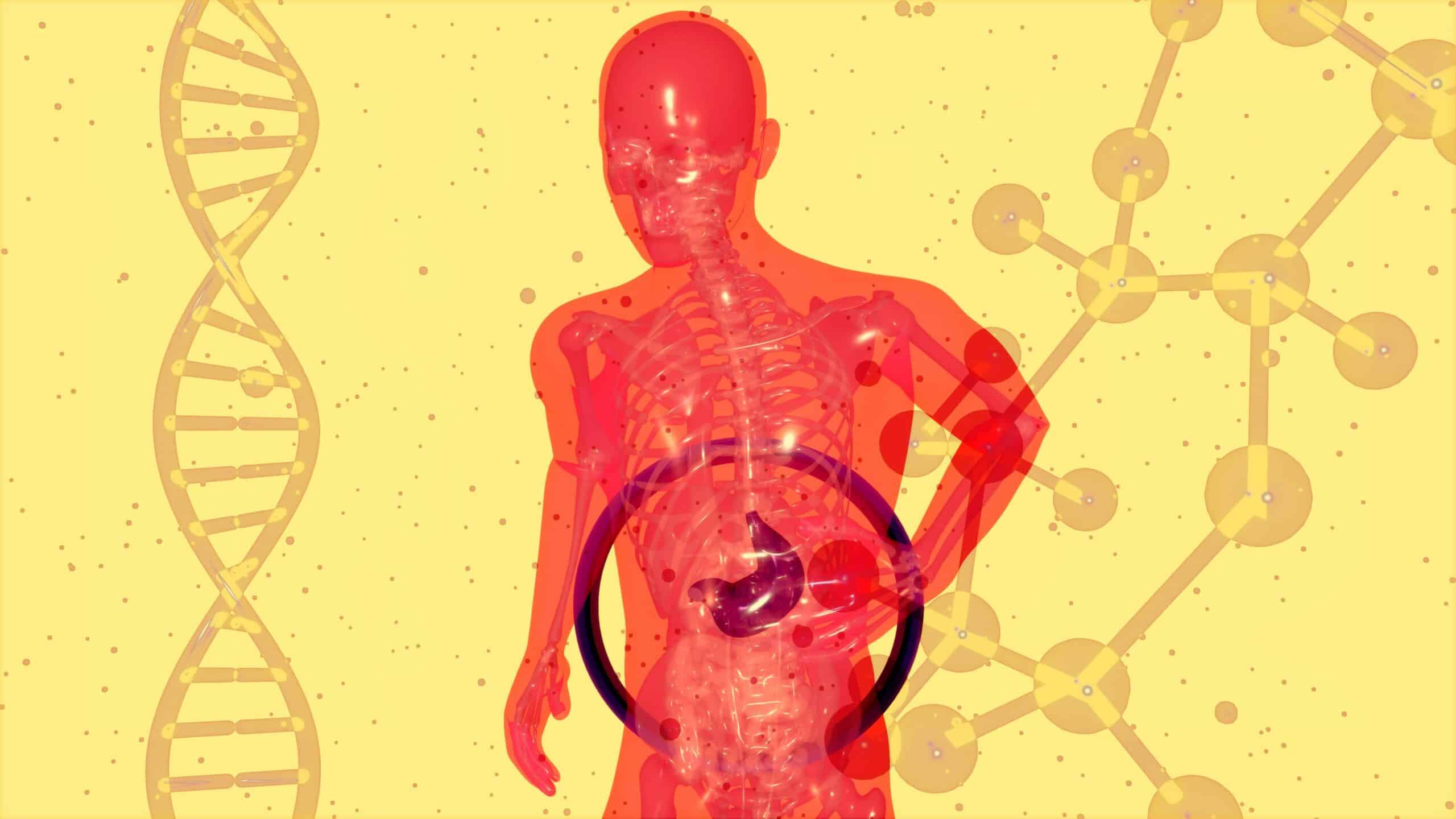Understanding the unique addiction statistics within the veterans’ population is crucial in ensuring effective intervention. This specialized demographic, due to its exposure to life-altering experiences often associated with physical and mental trauma, may be particularly susceptible to substance abuse problems.
Taking a look at these trends over the years isn’t just an analysis of numbers but an important stepping-stone towards developing holistic treatment plans tailored for those who have served our country.
Alcohol Use and Abuse By Veterans
For many veterans, alcohol abuse has been noted as a significant issue. Studies demonstrate that more than 1 in 3 active-duty service members engage in binge drinking. The misuse of alcohol is an epidemic not only within the ranks of active personnel but continues even after military careers end.
Research reveals that over 65% of veterans who entered into addiction treatment programs reported using alcohol as their primary substance of abuse.
Another study revealed information about the concerning use of alcohol among military personnel and veterans when compared to non-veterans.
United States veterans exhibited higher instances of drinking as compared to non-veterans. Over half of the studied veteran population (56.6%) reported using alcohol in a one-month period prior to the study compared to non-veterans, who were at 50.8%.
Data also revealed that veterans displayed higher rates of heavy drinking within this one-month period, at 7.5, when compared to non-veterans, who came in at 6.5%. The consistent misuse of alcohol can develop into chronic dependency, leading to health problems and other negative consequences that have an effect on day-to-day life.

Drug Use By Veterans
Substance abuse in the veteran community extends beyond alcohol to a widespread misuse of various illicit drugs. Statistics reflect that around 11% of veterans seeking aid from Veterans Health Administration (VHA) providers for the first time meet diagnostic criteria for a Substance Use Disorder (SUD).
According to collected data, marijuana accounts for most reported cases of SUD, excluding alcohol, with about 3.5% of veterans acknowledging its usage within a one-month period. Another noteworthy observation details that approximately 1.7% report having used other illegal substances during a similar duration.
A government assessment provides more statistics: out of all admissions into substance use treatment centers which involve veterans, almost 11% were driven by heroin addiction, followed by cocaine abuse at slightly above 6%.
Reasons Veterans Use Alcohol and Drugs
Veterans may be driven to drink and use drugs due to a multitude of factors related to their unique circumstances. Research shows that some of the most common reasons for this behavior includes:
Deployments
Deployments are often fraught with numerous physical and psychological challenges that can contribute significantly to substance abuse amongst veterans. Here’s why deployment can contribute to this behavior:
-
Far Away From Support
Being far away from their loved ones also means military personnel endure separation from critical social supports. Such isolation could exacerbate feelings of loneliness and stress, potentially driving them to self-medicate with alcohol or drugs. This often continues when they are no longer on active duty.
-
Difficult Missions and Decisions
Focused intensely on their responsibilities, servicemen and women also face mission-related hardships such as strenuous physical tasks and convoluted decision-making under highly stressful situations. These could generate considerable mental distress, leading to an inclination for substance use while deployed as well as once they return home.
-
Prolonged Exposure to Threat
Additionally, the constant state of vigilance during deployment and prolonged exposure to real and perceived threats can make veterans more prone to developing anxiety disorders or Post-Traumatic Stress Disorder (PTSD).
These fears don’t always vanish post-deployment. In their own homes where safety should be a certainty, many find these anxieties persisting. As a coping mechanism, drug and alcohol consumption become an enticing escape.
Zero-Tolerance Policies
Although designed to create a drug-free workplace, zero-tolerance policies may unintentionally generate stigma around addiction. This unfortunately could serve to prevent those struggling with dependency issues from seeking and receiving appropriate help they need for fear of punishment or unnecessary judgment. They might leave active service with unresolved addictions that either develop into more severe conditions or persist well after returning home.
Military Drinking Culture
Drinking alcohol is often deeply ingrained in the social fabric of military culture. Regarded as a tool for group bonding, recreation, and relief from stress, moderate to heavy drinking can seem normalized inside this community environment. However, such behavior poses potential health risks including developing a dependency on alcohol to cope not just during service but continuing into civilian life which may escalate to addiction.
Reintegration Challenges
Another stressor that can lead to substance abuse amongst veterans is the difficulty of reintegrating into civilian life. The transition from structured military service to less regulated civilian routines can be daunting and often disorienting. This adjustment process might cause a great deal of stress, and some may resort to alcohol or drugs as a coping mechanism.
Homelessness
Homelessness is a tragic reality faced by many veterans, which has an unfortunate close relationship with substance abuse. U.S. military veterans make up a sizable portion (estimated at around 11%) of homeless adults according to available statistics, and nearly 70% of homeless veterans struggle with a substance use disorder.
Confronted daily by the harsh realities and societal detachments associated with homelessness can leave individuals more susceptible to despair or depression which may lead them into seeking solace in drugs and alcohol. Homeless veterans are also less likely to have the ability or resources to seek out treatment.
Physical Pain
Physical pain is a common factor in veterans resorting to drug use. Many who have returned from deployment have experienced physical injuries that can lead to chronic pain. While prescribed opioids may offer initial relief, overreliance could potentially result in addiction. Painkillers become not just a method for managing physical discomfort but might also be employed as an unhealthy coping mechanism for dealing with post-service stress and adjustment challenges.
Male vs Female Veterans – Differences in Substance Abuse and Mental Health Issues
When examining mental health and substance abuse issues among veterans, it’s important to recognize gender-specific factors that might contribute to varying degrees of challenges facing female versus male veterans.
Given the severe stress and demanding nature of their roles, it’s not entirely surprising to discover that more than one in three active service members meet the criteria for hazardous drinking or potential alcohol use disorder. When examining these habits along gender lines, men reported higher rates of alcohol use.
It’s important to note that women face difficulties when seeking help for substance abuse while still on active service. Most SUD treatments are provided in group therapeutic environments that primarily comprise male veterans. Given this setup, it’s understandable that a female service member might feel uncomfortable or unwilling to openly address traumatic experiences within such predominantly masculine spaces. This apprehension can carry over into veteran life as well.
Problematic substance use among female veterans has also been on the rise in recent years. A staggering 81% increase in SUD diagnoses was observed among female veterans utilizing VA services from 2005 to 2010.
Female Veterans Are More Likely To Face Sexual Trauma
Female veterans are frequently confronted with different forms of personal trauma than male veterans, exposing them to distinct vulnerabilities and challenges. They are considerably more likely to experience rape and sexual assault or harassment
The study indicates that the prevalence of military sexual trauma among the female veteran population was appoximately 1 in 3.
The impact from these experiences is a substantial factor contributing to mental health issues and substance use disorders.
Men Also Experience Military Sexual Trauma
It’s critical to note that men also experience military sexual trauma; this is not just an issue for women. According to data released by the Pentagon, there are about 45 reported instances of sexual assaults against male military personnel daily. Additionally, roughly 40% of veterans seeking help report that they have experienced military sexual trauma.
Society generally underestimates male victimization due to cultural stereotypes, but such violations occur frequently and deserve attention.
Treatment is Essential For Veterans
Comprehending the depth and severity of addiction issues among veterans contributes to more targeted, collaborative approaches towards prevention, support systems, and treatment regimens attuned to their specific needs.
Just as important is addressing various barriers that can stand between a struggling veteran and necessary help they need—from staunch zero-tolerance policies potentially discouraging individuals from actively seeking rehabilitative care to tackling traditional therapy set-ups which inadvertently disadvantage female veterans.
Navigating the stark reality presented by these veterans’ addiction statistics, it becomes apparent that they need more support and better access to treatment.




